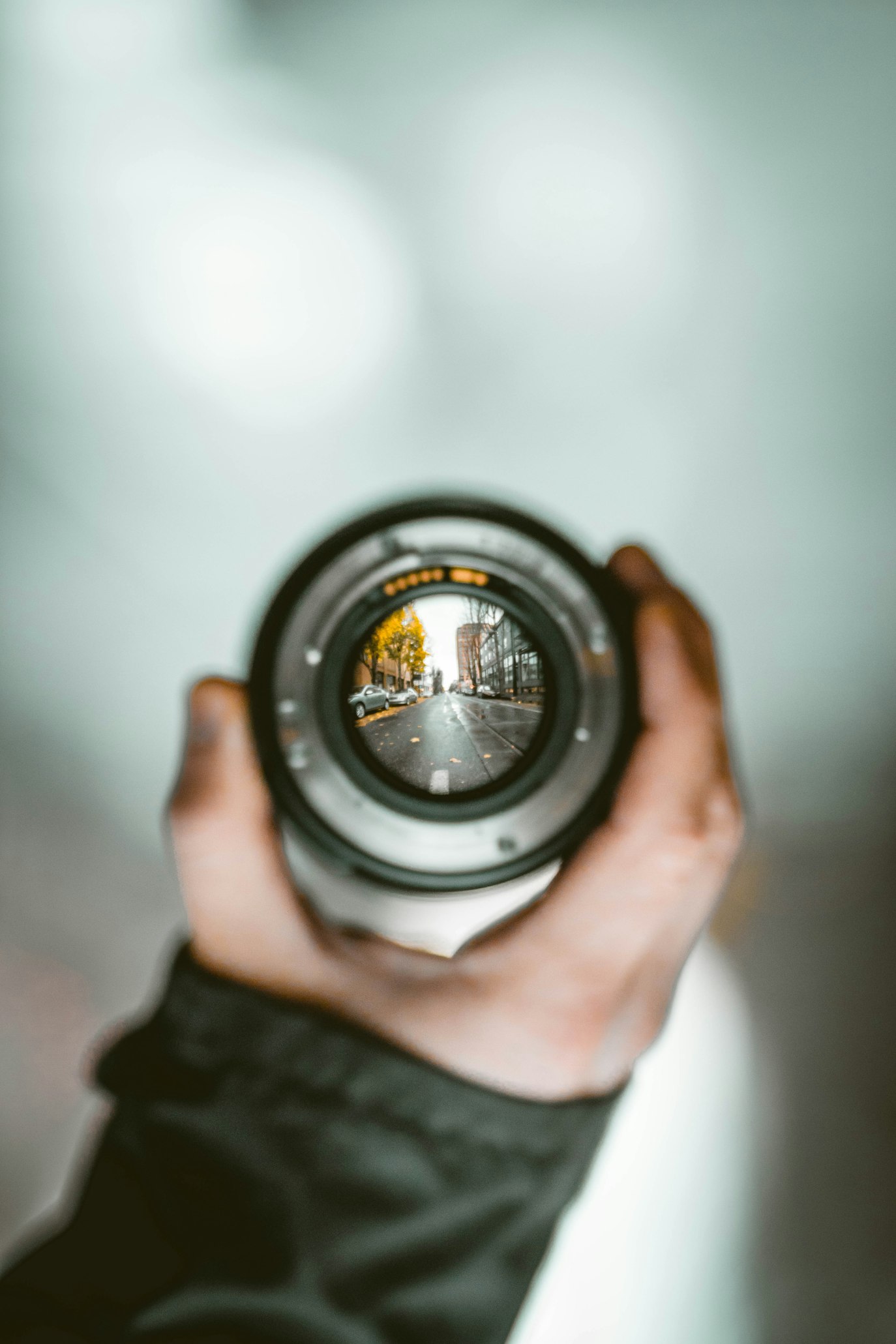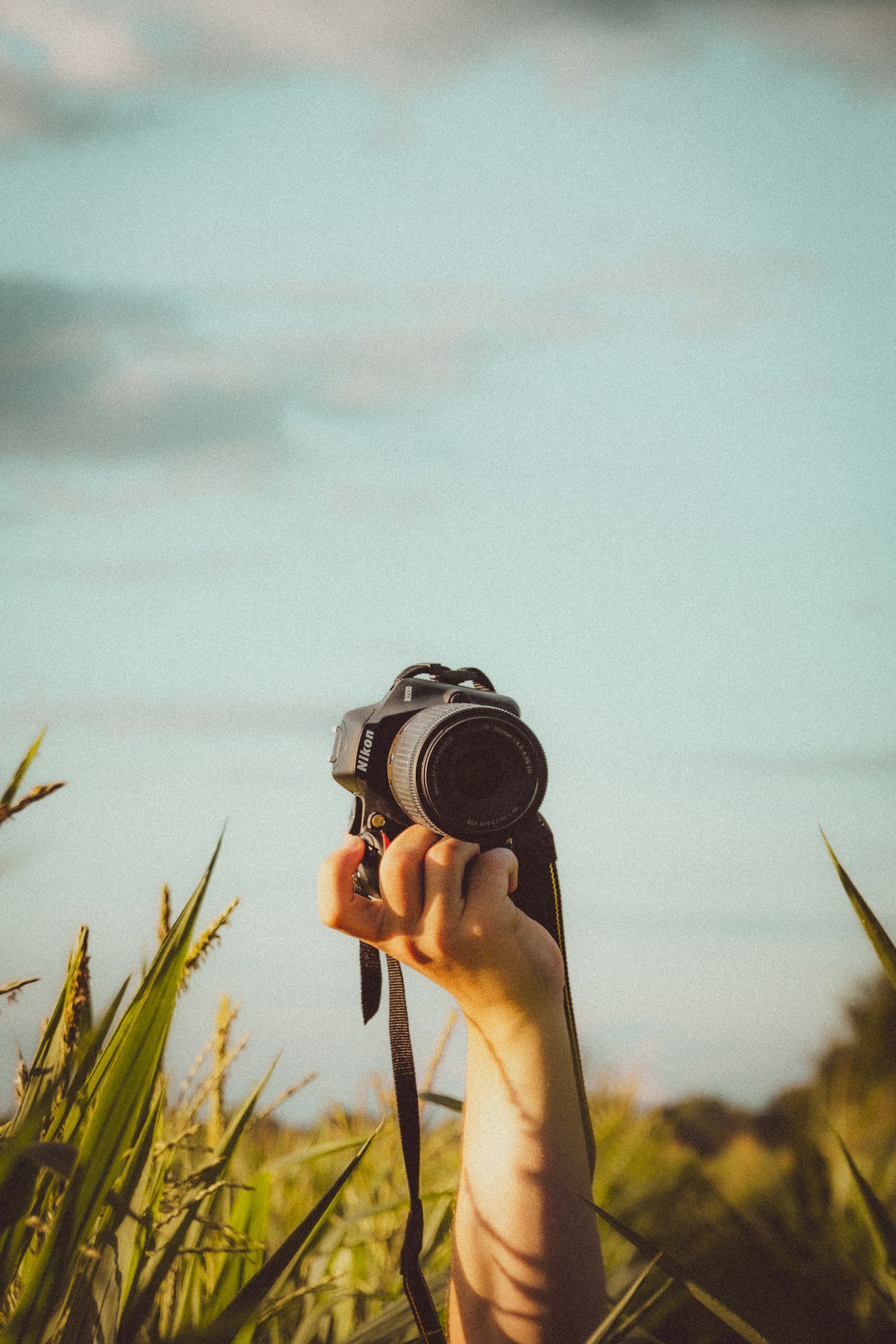Focal point in photography and point of view
Last Updated on 15/04/2024
This page contains AFFILIATE LINKS. If you choose to purchase after clicking a link, we may receive a commission at no extra cost to you. Plus, as an Amazon Associate, we earn from qualifying purchases. Read more on the disclosure policy page.
Explore what is a focal point in photography and the point of view and how to apple to our photography and create interesting compositions. As photographer Alexey Brodovitch had written “The picture represents the feelings and the point of view of the intelligence behind the camera” (Creative Camera February 1972, p.472). Thus, understanding the concept of these two points in photography is crucial for creating captivating images.

Advertisement
Focal point in photography and point of view
What is focal point in photography?
Photography has a decision-making process. And, in every step of this procedure you are obliged to make a choice. Thus, choosing where to focus or where to stand and set your camera is a crucial decision for start.

It delimits the canvas of the photograph and defines the beginning of our visual narration. In other words, it’s the point that we choose to see and understand things and the place, where we will discover (or not discover) a unique and creative perspective with all its details.

CREDIT: REDBUBBLE
So, the focal point is the main element within a photograph that draws the viewer’s attention and creates visual interest. Plus, it serves as the anchor of the image, guiding the viewer’s gaze and conveying the photographer’s intended message.

CREDIT: REDBUBBLE
Advertisement

CREDIT: AMAZON
What is point of view in photography?
The definition for the point of view is simple to be described, but it becomes more complicated when you have to apply it. The point of view is a standpoint and could include many things. So, in photography it refers to the perspective from which we photograph. And, it influences the frame of the subjects within the composition and can evoke different emotions or convey specific narratives.

Furthermore, it’s a specified or stated manner of consideration or appraisal; it’s an opinion, judgment, attitude; and it’s the position of the narrator in relation to the story, as indicated by the narrator outlook from which the events are depicted and by the attitude toward the characters.

CREDIT: REDBUBBLE
To conlude, the point of view is one of the first critical questions that the photographer should answer because it establishes the relationship between the subject of the photograph with the viewer.

CREDIT: REDBUBBLE
Standpoint, focal point, and point of view
The most common and expected is to stand in front of our scene and capture the moment in the level of our eyes. And, this happens naturally since it is the way we see the world. The next usual movement thing is to knee. And, then we turn the camera vertically to catch the scene in all its height. But, if we follow these steps many times, soon we will start experimenting with other point of views.

Instead of capturing scenes from eye level, we could put the camera on the top of something and look down. Or, set the camera on the ground and lookup. Or, we can choose bizarre points like holes, gaps, doors, windows, reflected surfaces to uncover an unnatural perspective. One of my favorite photographers and talented street photographer, Vivian Maier, had captured stunning and so creative self-portraits by photographing mirrors and reflecting surfaces in the street.
Utilizing different points
By mastering and utilizing different points in photography, photographers resonate with viewers on an emotional level with their photography. And, experimenting with various focal points and perspectives allows photographers to infuse their work with creativity and depth. Thus, the result is to create visually striking photographs that leave a lasting impression.

This page contains AFFILIATE LINKS. If you choose to purchase after clicking a link, we may receive a commission at no extra cost to you. Plus, as an Amazon Associate, we earn from qualifying purchases. Read more on the disclosure policy page.
Advertisement


One Comment
Jen
All good points. I find a lot of good ideas looking down! Setting my camera on a flat surface helps keep good perspective in lieu of a tripod. Natural lighting always. Sometimes experimenting with fast moving lights can be helpful for creating cool abstract shots.